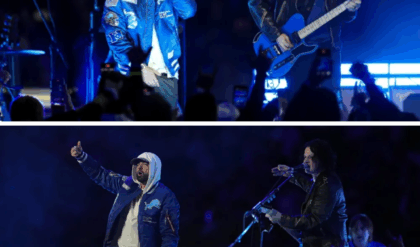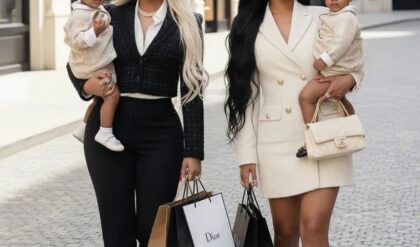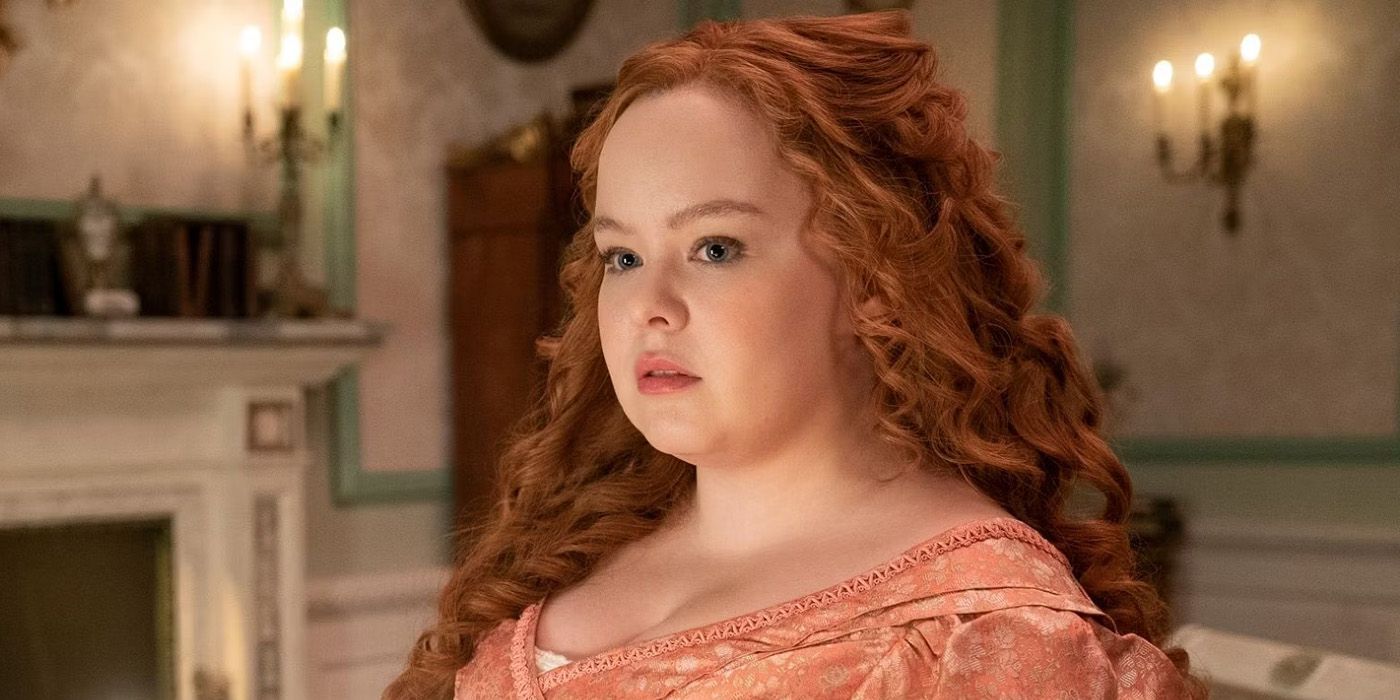
Of course, this already makes Penelope the center of a major story arc throughout the first two seasons as she navigates her career, her friendship with Eloise, and her seemingly unrequited crush on Colin Bridgerton. Unlike other romantic leads, viewers already knew and loved Penelope before the start of her season, building the anticipation, and Penelope and Colin delivered. In the first four episodes of Season 3, it’s exciting to see her finally getting attention. Even more significant is the fact that her new role makes Penelope one of the few plus-sized protagonists on TV.
‘Bridgerton’ Has Already Been Challenging Norms Through Its Casting
Making Penelope into a romantic lead sets Bridgerton apart once again. It’s no secret that plus-sized people are scarcely represented in media, and even less often are they represented well. This is hardly surprising: the entertainment industry champions rigorous beauty standards, especially for women, and thin actors are seen as conventionally attractive. Sadly, plus-sized people are often pressured to lose weight if they want to succeed in the business, and plus-sized characters are most often used to fulfill supporting roles, particularly those of a comedic nature. They might be employed as fatphobic punchlines, have their entire storyline revolve around their weight, or perhaps they simply exist to make the protagonist seem more desirable to audiences. Regardless, these characters tend to be underdeveloped and neglected — Barbie Ferreira departed Euphoria after her airtime decreased in Season 2.
Yes, there is the occasional plus-sized lead out there, but these are few and far between, and even more so within the romance genre. Thin people are viewed as more desirable and more popular, and thus more profitable. Even with Bridgerton‘s undeniable success, Coughlan has received horrible comments about her appearance as her character becomes the center of the romance plot. One critic said, “A zest for equality and diversity (and in this case good acting) just isn’t enough to make a fat girl who wins the prince remotely plausible.” Statements like this are proof of why this representation matters. By featuring a plus-sized character as a romantic lead, Bridgerton is challenging aesthetic norms, just as they did in Season 1 by casting Regé-Jean Page as Simon, the love interest of Daphne Bridgerton (Phoebe Dynevor), and in Season 2 with Simone Ashley as Kate Sharma, who falls in love with Anthony Bridgerton (Jonathan Bailey).
Period dramas are also notoriously exclusive when it comes to casting. Like Bridgerton, many similar series are set in historical Europe, such as the medieval or modern era — aka, times that people assume lacked diversity, especially among upper social classes. This can be seen in adaptations of other Regency romances, such as those that take on the works of Jane Austen; most of the time, the heroes all look a very narrow type of way.
It’s not exactly shocking that period dramas don’t cast more diversely, given the outrage that can occur as a result — there was even reporting of pushback to the confirmation that historical fantasy dramas House of the Dragon and Rings of Power would feature more racial diversity. “Historical accuracy” is constantly used as a justification to condemn or even avoid diverse casting, and Bridgerton itself was criticized for its inclusive cast despite the show being almost entirely fictional. But the series won’t bend to the backlash, and the record-breaking viewership behind Bridgerton proves that people do want to see more diverse love stories. It’s imperative that this series persists in making a statement on representation, normalizing it on a wider scale and hopefully encouraging more influential media to follow suit.
‘Romancing Mister Bridgerton’ Is Overdue for an Updated Adaptation
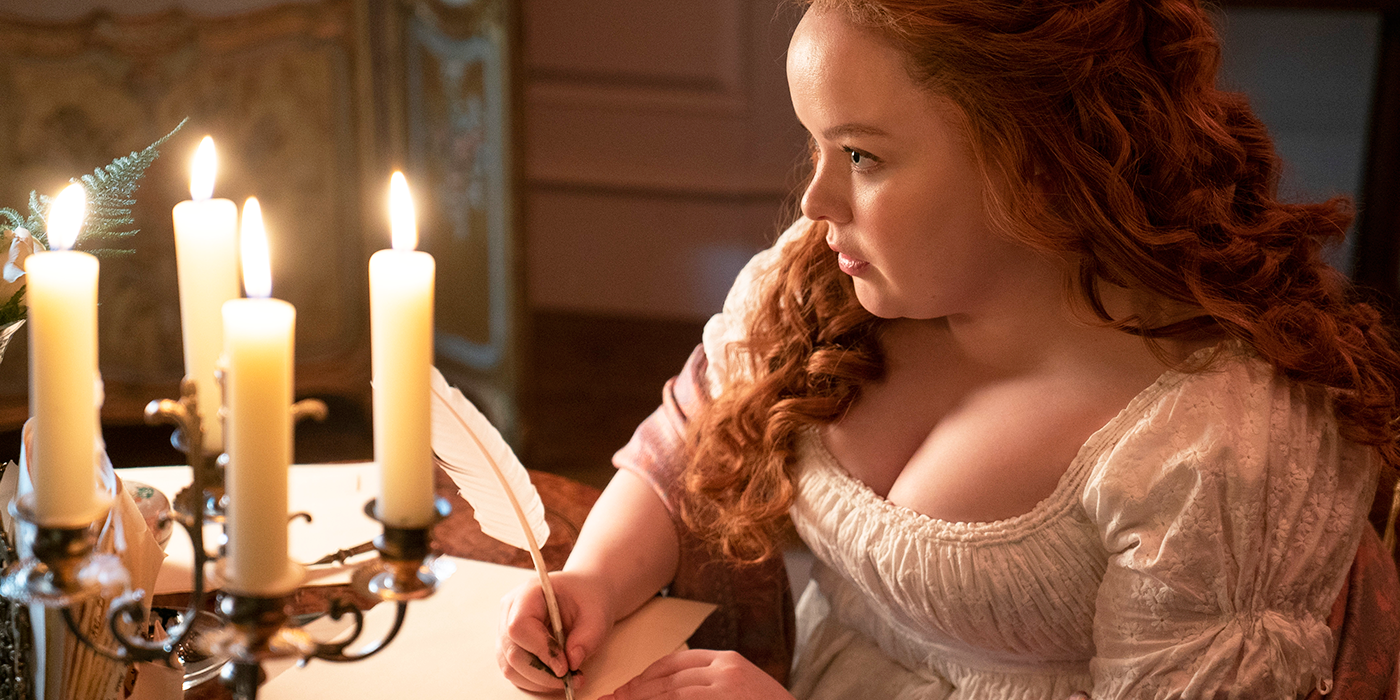
Thankfully, the show isn’t afraid to diverge from the books, evidenced by Bridgerton casting people of color in roles that were written as white and cutting weight loss from Penelope’s transformation in Season 3. The show has a history of giving characters a “glow-up” as they become romantic leads. Anthony, for example, ditched the sideburns for Season 2. But in Season 3, Colin’s transformation is more obvious. Admittedly, Penelope does change. She rejects the awful yellow color her mother forces her to wear. Instead, she purchases her own elegant gowns that actually complement her coloring, using her Lad Whistledown money. Getting a new hairstyle and lessons with Colin to improve her confidence as she searches for a suitor, Penelope transforms, but her weight is not treated as the problem – because it isn’t. Colin isn’t attracted to Penelope when she changes her appearance, but rather as he becomes jealous of her suitor, Lord Debling (Sam Phillips).
Penelope Is the Heart and Soul of ‘Bridgerton’
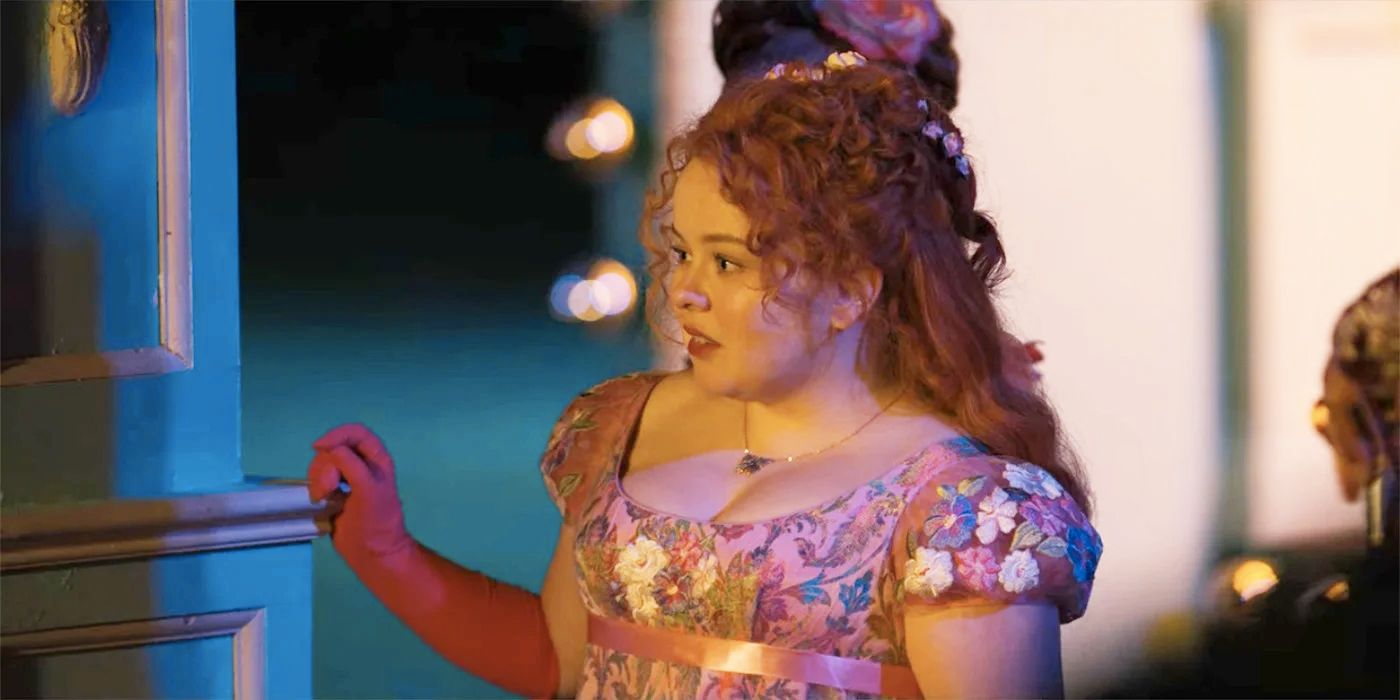
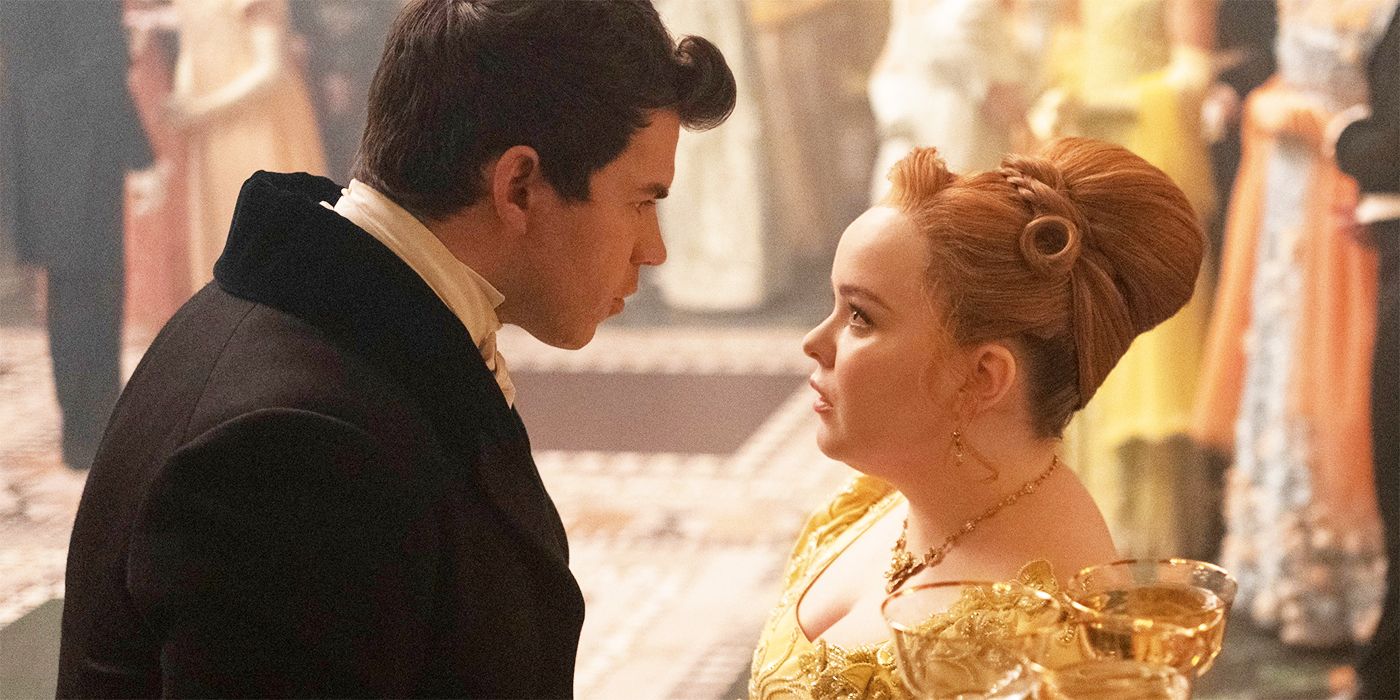
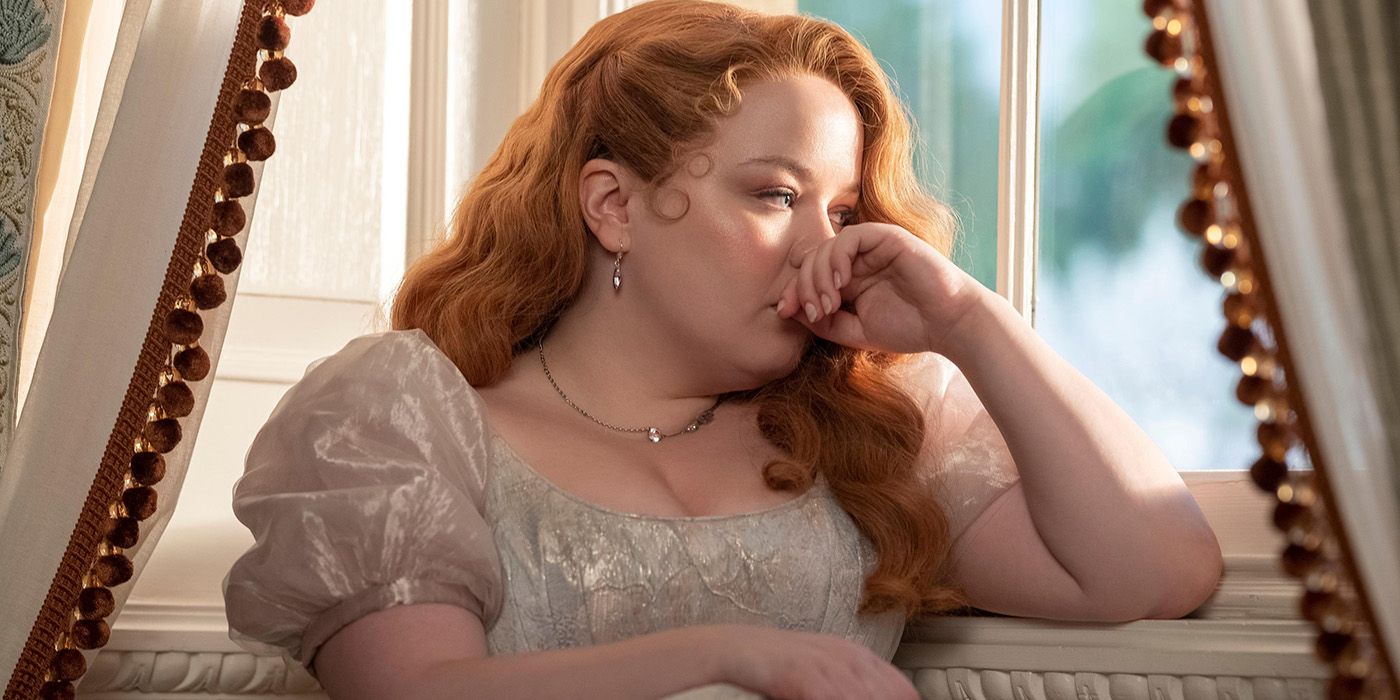
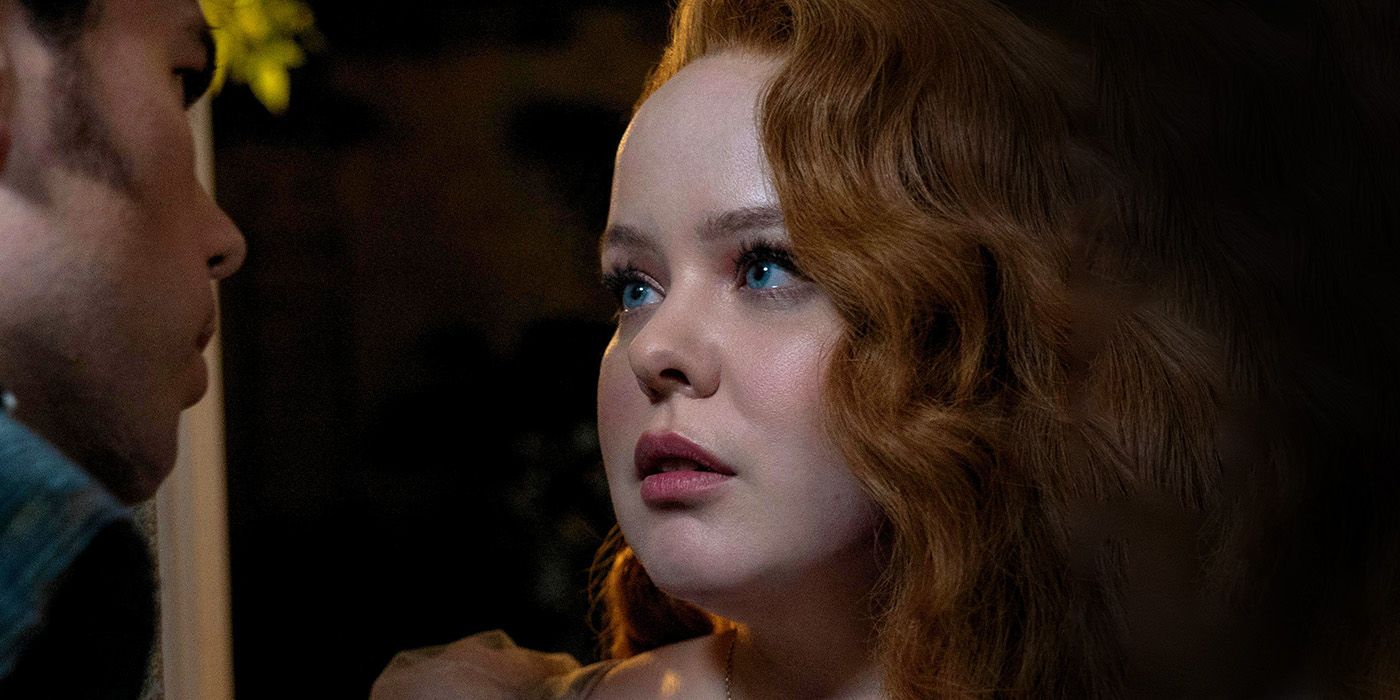
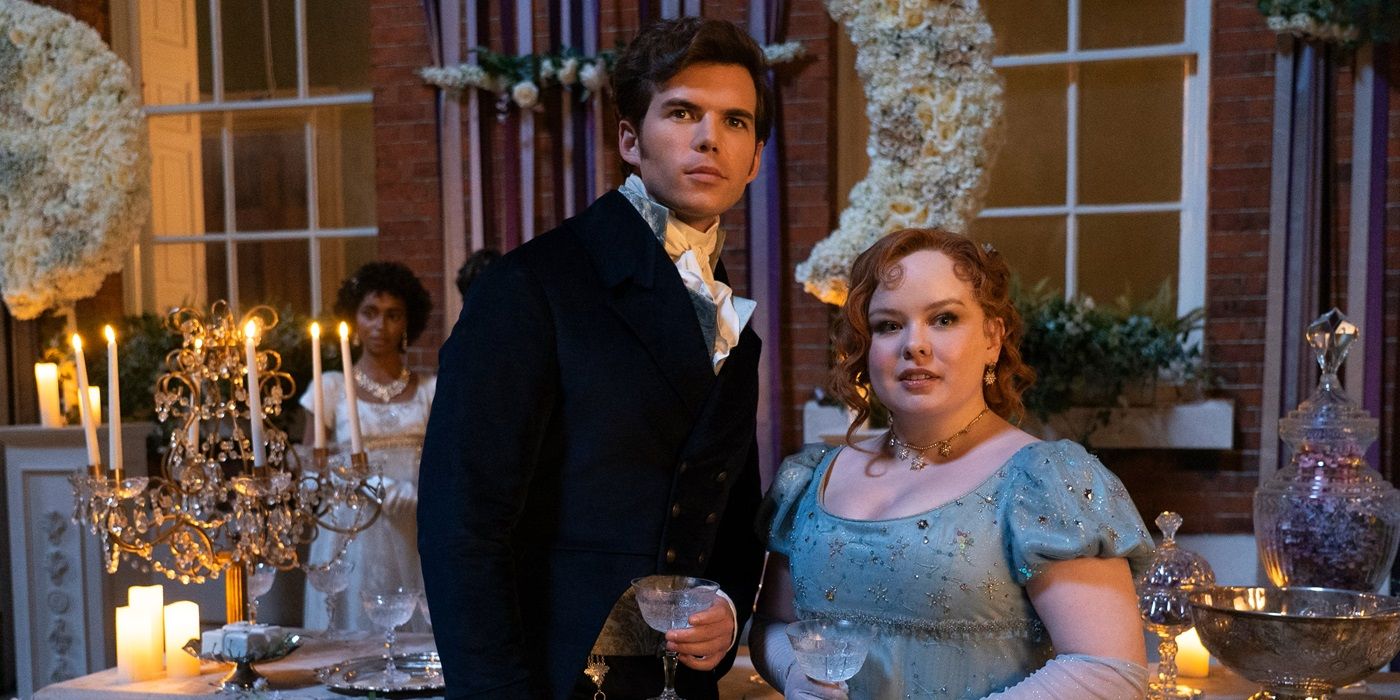





In the first two seasons, Penelope is a highly prominent and developed character who has been prioritized over Colin himself. Though she does not (yet) have the name Bridgerton, Penelope plays a significant role from the beginning of the series, so as she becomes the lead, it is clear that she is the center. Beyond her romance with Colin, Penelope is just great plus-sized representation as a complex and sympathetic character. It’s easy to root for Penelope as she navigates making her own living as an often-overlooked wallflower in a patriarchal society. As Lady Whistledown, Penelope has an independent streak, creating and running her own business. This greatly impacts the plot of the series and makes her crucial to every story that Bridgerton has told. Revealing the identity of the writer to the audience early allows Penelope to come into her own as a character before her romance plot begins. Her actions have not always been defensible — for instance, at the end of Season 2,she throws Eloise under the bus in one of her publications in order to prevent her identity as Lady Whistledown from being exposed.
Despite this, we can always understand where Penelope’s coming from. She has a lot of likable qualities, and Season 3 highlights her loneliness, making her more sympathetic. While Penelope and Eloise’s friendship looks bleak, their interactions and the fact that Eloise’s brother proposed to Penelope suggest that it is far from being over and done with. Watching the ups and downs of their dynamic will continue to be a highlight. Though they have been at odds, Eloise is not trying to get revenge on Penelope and Penelope is not pushing the other girl to forgive her, making their distance from each other interesting as well. In fact, it’s refreshing to watch a female friendship fall out without feeling like the show is forcing us to choose sides and demonize one of the two women.
Penelope has always been a three-dimensional central character. If Bridgerton follows its current trends, she and Colin may take a backseat for Season 4 onwards. But don’t worry — it’s difficult to imagine her not being on the show in a considerable capacity, as this would surely also mean the loss of the show’s iconic narration and Lady Whistledown mystery that has underpinned each season. Either way, Season 3 is not yet finished, and the final episodes will almost certainly be a rollercoaster for Polin fans. After all, it is the same amount of time that took the couple from Colin’s declaration that he would never get into a relationship with her at the end of Season 2 to a proposal at the conclusion of Season 3 part 1.
Penelope’s story is crucial, as it shows that a plus-sized woman can be part of a love story as simmering and swoon-worthy as Simon and Daphne’s and Kate and Anthony’s.Bridgerton is continuing to defy both conventions of the genre and expectations of the industry by presenting romances that don’t fit the typical beauty standard. Diversifying romantic leads is long overdue, and the message that people can be desirable no matter what they look like is such an important one. But outside of this, Penelope is just one of the best and most three-dimensional characters on the show — and she also happens to be plus-sized.
Bridgerton Season 3 Part 1 is streaming on Netflix, with the remaining half set to release on June 13.


